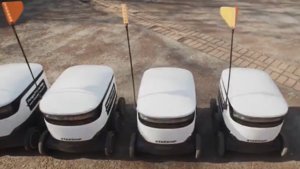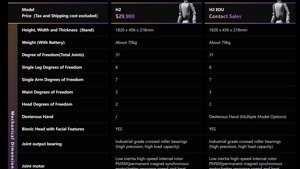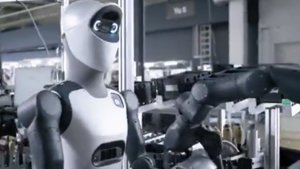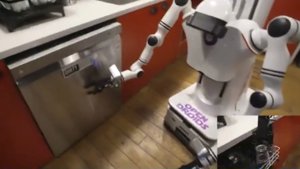Tesla has finally put a date on its European ambitions for Full Self-Driving (Supervised), targeting a February 2026 national approval in the Netherlands. [6, 19] The announcement signals a potential end to a long regulatory slog for the company, which has spent over a year demonstrating the tech across the continent. The key to unlocking the EU market is the Dutch approval authority, RDW, which is positioned to grant the first critical exemption allowing the system on public roads. [5, 7, 14]
The central conflict is that Europe’s existing rules, specifically UN Regulation 171 for Level 2 Driver Control Assistance Systems (DCAS), are fundamentally incompatible with how FSD operates. [2, 4] These regulations prohibit core FSD functions like system-initiated lane changes without the driver’s hands on the wheel. [11] Tesla bluntly calls these rules “outdated,” arguing that forcing FSD to comply would paradoxically make the system less safe and usable—a claim it’s backing with data from over 1 million kilometers of internal testing on EU roads.
Why is this important?
This Dutch two-step isn’t just about getting Teslas to change lanes by themselves; it’s a crucial test case for the European Union’s ability to regulate modern, AI-driven systems. Tesla is using a specific legal pathway, an “Article 39 exemption,” designed for new technologies that don’t fit into old regulatory boxes. [8, 20] If the Netherlands’ national approval becomes a successful template for other EU members, it could set a precedent for how the bloc handles other fast-moving technologies, forcing a shift from rigid, prescriptive rules to a more flexible, evidence-based approach to safety. This is the irresistible force of data-driven autonomy meeting the very movable object of Brussels bureaucracy.






